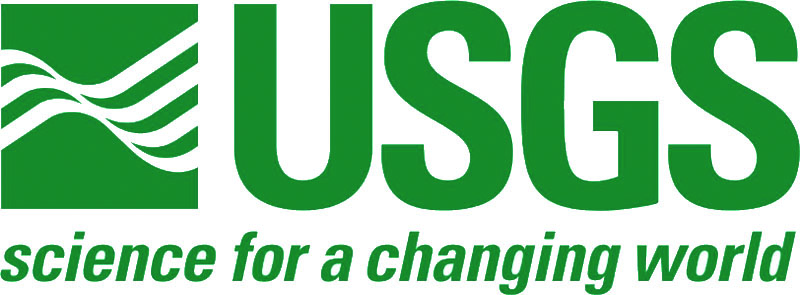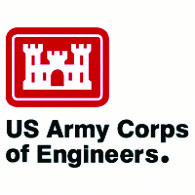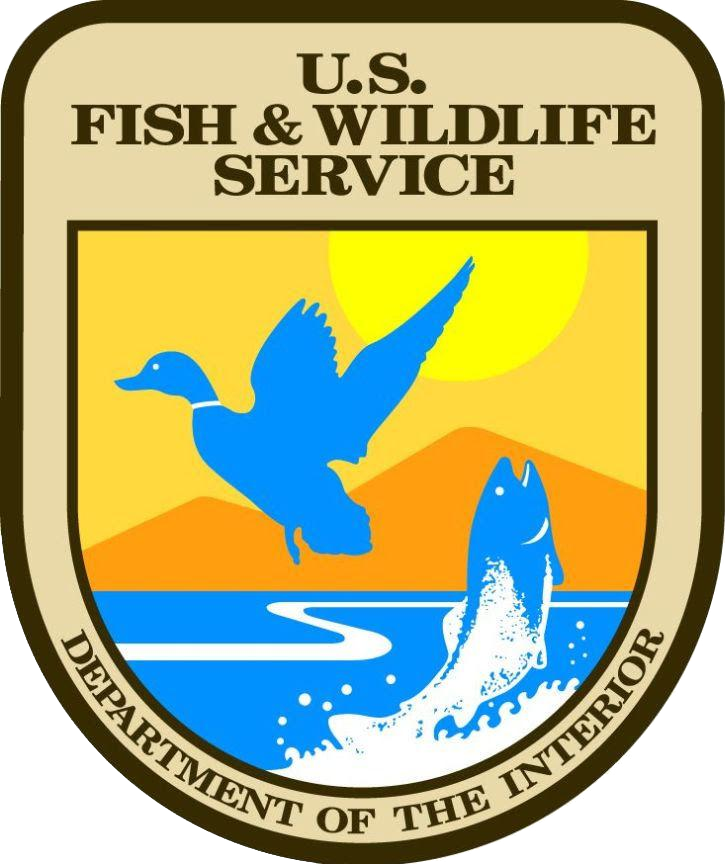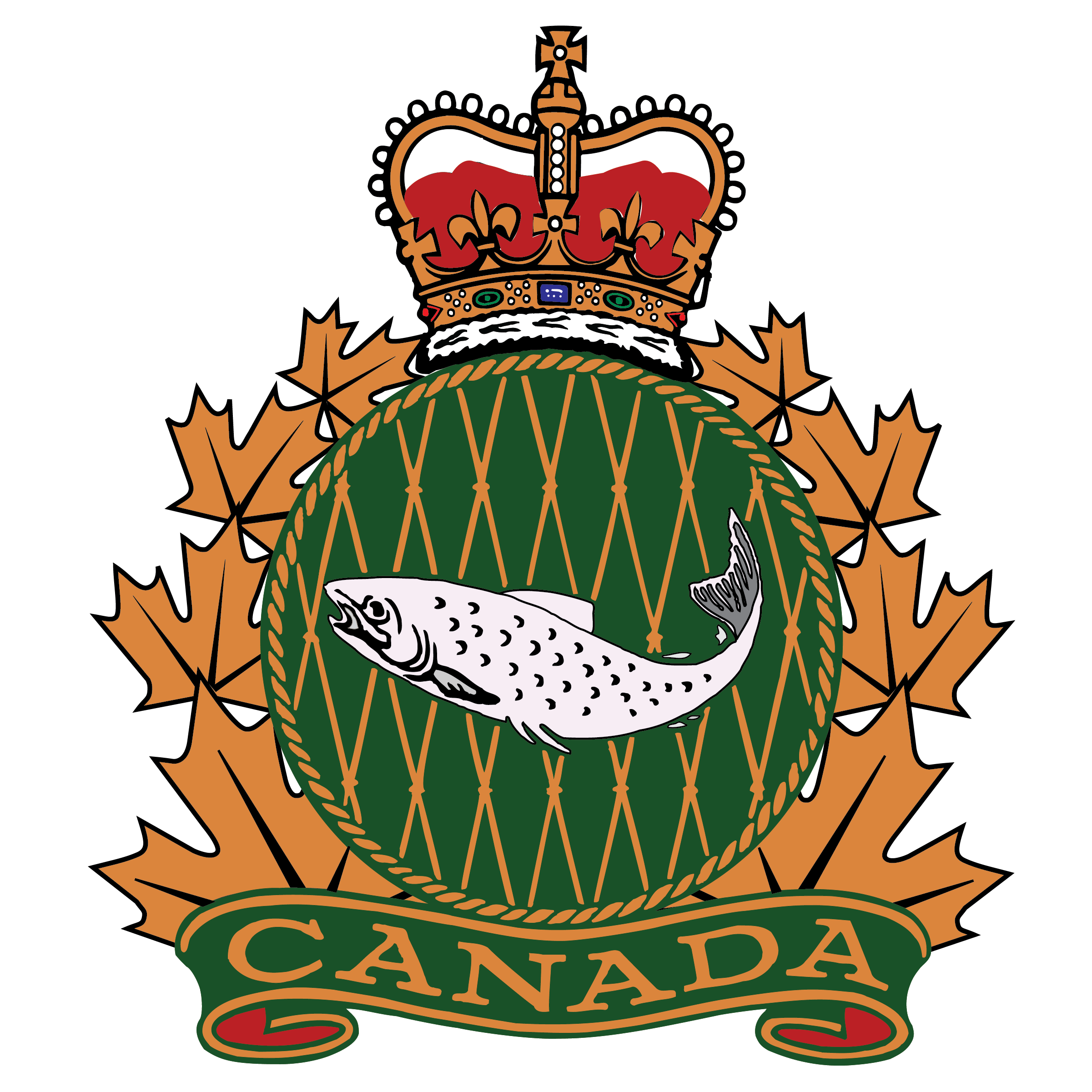What are supplemental sea lamprey controls?
Supplemental controls are methods that supplement the two primary sea lamprey control tools – lampricides and sea lamprey barriers. This control strategy is based on the integration and synergy of multiple methods to redirect or remove upstream migrating adults, downstream migrating juveniles, or larval sea lampreys. Supplemental controls are not expected to be an alternative to effective lampricide applications or barriers, but instead would be used to enhance control where lampricides or barriers are less effective due to physical, biological, chemical, or social challenges. Supplemental controls are designed to be adaptable.
Why are supplemental controls needed?
Lampricides and barriers are highly effective control tools but their application and maintenance can be challenging. Barriers serve a critical role by blocking spawning migrations of sea lamprey into streams and concentrating spawning downstream, which can limit sea lamprey reproduction. However, those same barriers limit the productivity of other fish that use the streams for spawning and nursery habitats. Lampricide applications kill more than 90% of sea lamprey larvae in most streams, but lampricide is less effective in some streams because of limited access, sensitive species, or varying water chemistry.
What supplemental control tools have been developed?
TOOLS TO REDUCE REPRODUCTION
Since 1980, about 50% of research funded by the Great Lakes Fishery Commission has been focused on developing and evaluating supplemental controls. Each tool has tradeoffs related to effectiveness, non-target impacts, and cost; therefore, options exist to tailor these tools to fit the physical, biological, and social context of the deployment location.


Tools currently available to reduce sea lamprey reproduction include:
- Portable traps to remove sea lamprey before spawning
- Seasonal electrical barriers to block sea lamprey from reaching spawning habitat
- Sterile male release
Several tools to reduce reproduction are in development and will be ready for testing in the near future. They include:
- Chemosensory-based alarm cues to push adult lamprey toward traps or into streams with poor habitat
- Migratory cues to pull adults toward traps or into streams with poor habitat
- Newly identified sex pheromones that could increase the efficiency of sea lamprey traps operated near spawning habitat
- Newly identified sex pheromone antagonists that block female’s use of smell to locate nesting males
- Automated fish sorting devices based on image recognition/artificial intelligence
TOOLS TO REMOVE DOWNSTREAM-MIGRATING JUVENILES
No tools currently exist to efficiently capture or divert newly metamorphosed, downstream-migrating juvenile sea lampreys. Drift nets and screw traps can be used as assessment devices. Ongoing research has revealed when downstream migration occurs, where juveniles are located in the water column, and what sensory cues influence their behavior while moving downstream. These new tools may also be ready for field testing within the next ten years as supplemental controls.
Recent success supplementing lampricides and barriers provides a model and hope for future work
CASE STUDY 1:
UPPER CHEBOYGAN RIVER
Sterilized male sea lamprey releases into a small landlocked population of sea lampreys in the upper Cheboygan River (Michigan, USA) have reduced reproductive success. Since the release of sterile males in 2017, no new sea lamprey larvae have been detected in the mainstream of two tributaries – the Maple and Sturgeon rivers. In a third tributary — the Pigeon River — the abundance and distribution of larvae is roughly 90% less than historical averages.
CASE STUDY 2:
BLACK MALLARD RIVER
Deployment of traps and a seasonal portable electric barrier has removed or blocked 99% of adult sea lampreys from accessing the upper reaches of the Black Mallard River (Michigan, USA) since 2017. Sterile males have been released above the traps and barrier to mate with any sea lampreys that escaped through "the gauntlet". No new sea lamprey larvae have been found in the upper river since implementing these supplemental controls.
SupCon is coordinated by a team of sea lamprey control agents, a Great Lakes Fishery Commission liaison, and a science liaison. Actions are planned with direct input from researchers and stakeholders. SupCon will determine if supplemental controls can be effectively deployed by conducting and evaluating supplemental control strategies on up to 12 streams for 12 years.
U.S. Geological Survey research ecologist, Nick Johnson, is the team leader for SupCon and can be reached at: njohnson@usgs.gov.
Sea Lamprey Program Director, Mike Siefkes, is the GLFC liaison for this project and can be reached at: msiefkes@glfc.org.
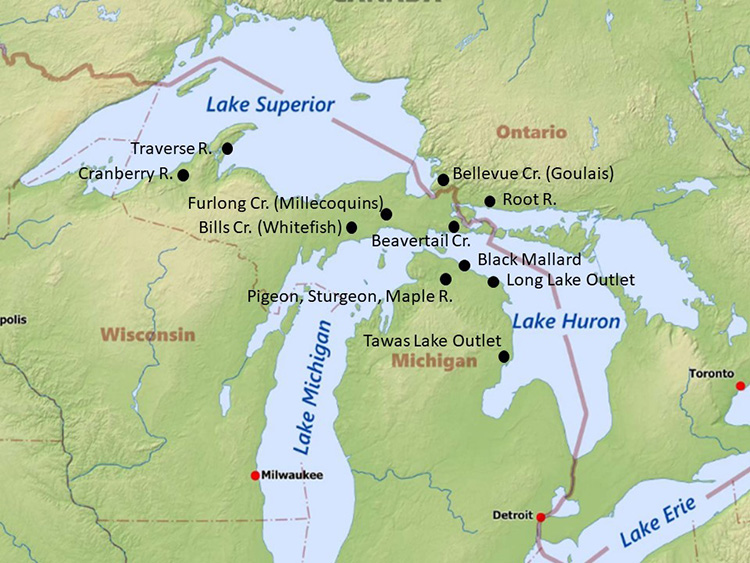
Geographic location of streams where supplemental sea lamprey controls are likely be tested and evaluated in an adaptive management framework. These streams regularly produce larval sea lamprey, are wadable, near cooperator field offices, and are places where larval production is difficult to control using barriers or lampricides. Furlong Creek is a tributary to the Millecoquins River. Bills Creek is a tributary to the Whitefish River. Bellevue Creek is a tributary to the Goulais River.
Supplemental Sea Lamprey Control Initiative (SUPCON) is a cooperative project jointly funded by the Great Lakes Fishery Commission and Great Lakes Restoration Initiative. Implementation partners include the U.S. Geological Survey, Michigan State University, U.S. Army Corps of Engineers, U.S. Fish and Wildlife Service, and Fisheries Oceans Canada.


